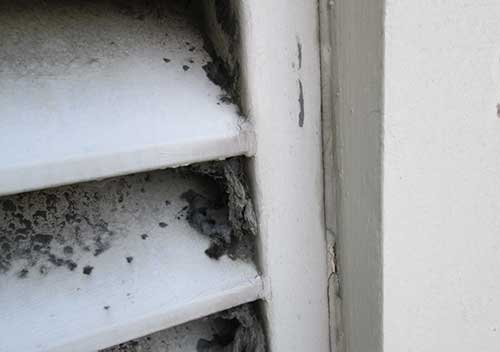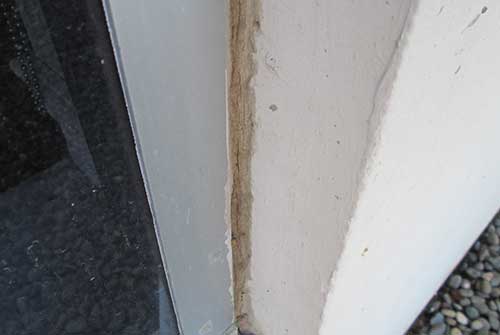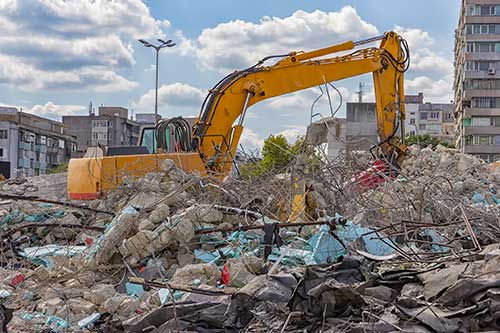Hospital Demolition Requires Identification & Elimination of Hazardous Agents
An abandoned hospital complex in a historical neighborhood was to be turned over to a developer for reclamation as single-family housing. Given the age of the property (70+ years) and its former use as a medical center, it was critical that the buildings be cleared of environmental pollutants and liabilities before demolition could begin. The primary contractor called on FACS to carry out that work.
Key Results
The FACS team located and supervised the abatement of hazardous materials in a group of hospital buildings to clear the way for demolition.
The site was being reclaimed for single-family housing, so environmental sanitation was a must. FACS prepared the plan, oversaw the cleanup, then documented the success of the work.
The FACS team identified hazardous building materials , wrote abatement specifications, monitored removal of the specified hazards from the site, and verified the success of the work.

About the Client
This building contractor is used for big jobs and tough jobs – but demolishing a building that may be contaminated with hazardous materials, keeping workers safe during the process, assuring the contaminants aren’t released and caused to spread, then disposing of those materials properly – all under the watchful eye of California state inspectors – required some outside assistance.

The Problem
The sprawling 19-acre complex grew steadily over more than five decades of expansion. The original two-story main hospital building became dwarfed by a seven-story rectangular tower and several other structures.
The FACS team discovered hidden stairways, an underground vault, and other unusual configurations that concealed hazardous materials. Because of the years of add-on building projects, unpredictability was a hallmark of the job.
Polychlorinated biphenyls (PCBs), for example, had leached into the concrete blocks surrounding window openings. That situation required the development of a special method for abating the hazard without spreading dust from the contaminated portions of the blocks during demolition.
Other contaminants found on the site included deposits of asbestos, lead-based paint, lead shielding, and mercury.

The FACS Solution
Once the site survey was finished, the team prepared a report that identified the hazardous materials, their quantities, and their locations. They then prepared abatement specifications and conditions based on their findings and reviewed bids from abatement contractors to make sure each met all requirements for valid submittals.
FACS representatives walked the worksite with the winning bidder to answer questions, point out areas of concern, and discuss project expectations. The abatement contractor submitted a work plan describing how the work areas would be contained and controlled, how the work would be phased, time expectations for each work segment, and where the waste would be sent for disposal.
During the abatement process, FACS inspectors monitored the work to confirm the regulated area was securely established. They ensured proper control measures were in place and that the abatement activity proceeded as specified.
The team collected environmental samples regularly to prove the effectiveness of the plan and the process. After the completion of each phase, FACS verified the abatement of the hazardous materials for that portion of the site. Once the work was finished, FACS prepared a project close-out report to carefully document the entire process for the client.